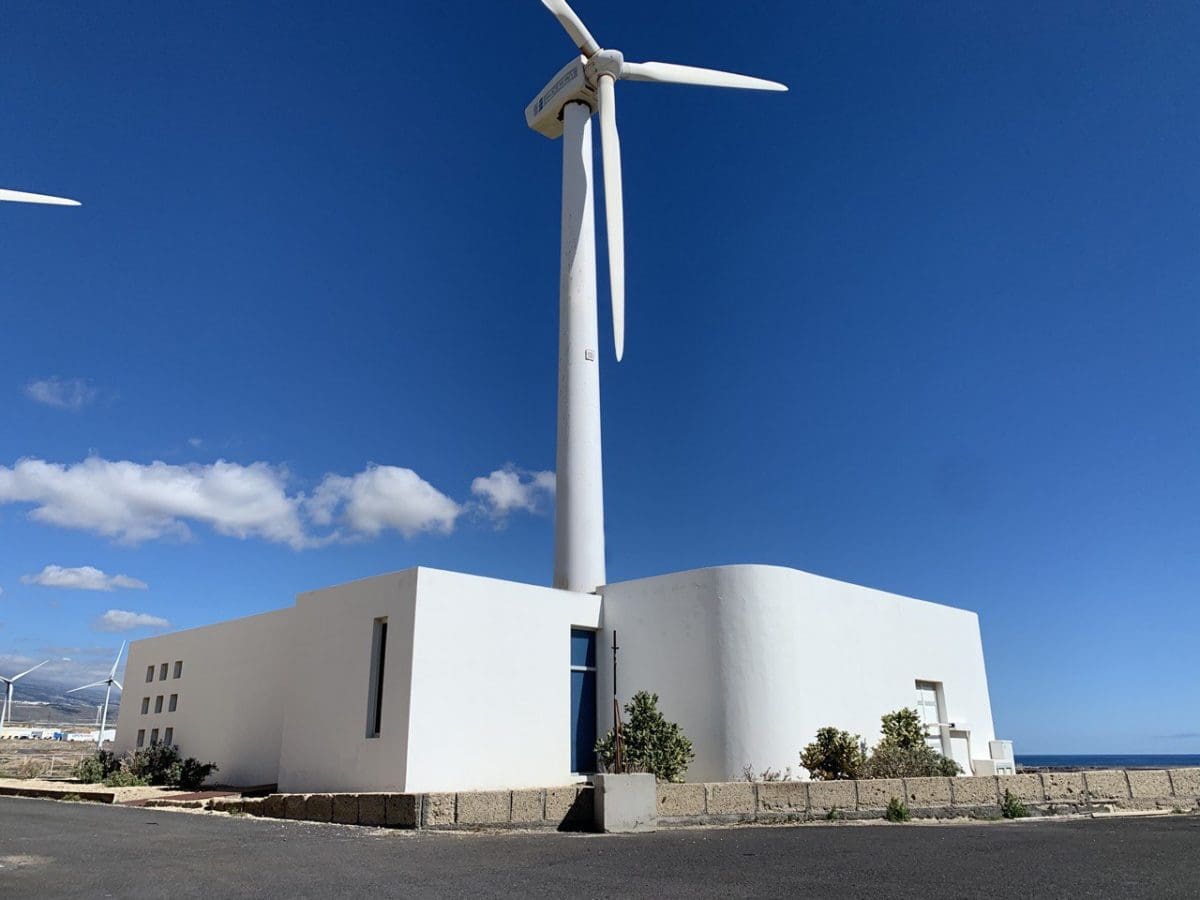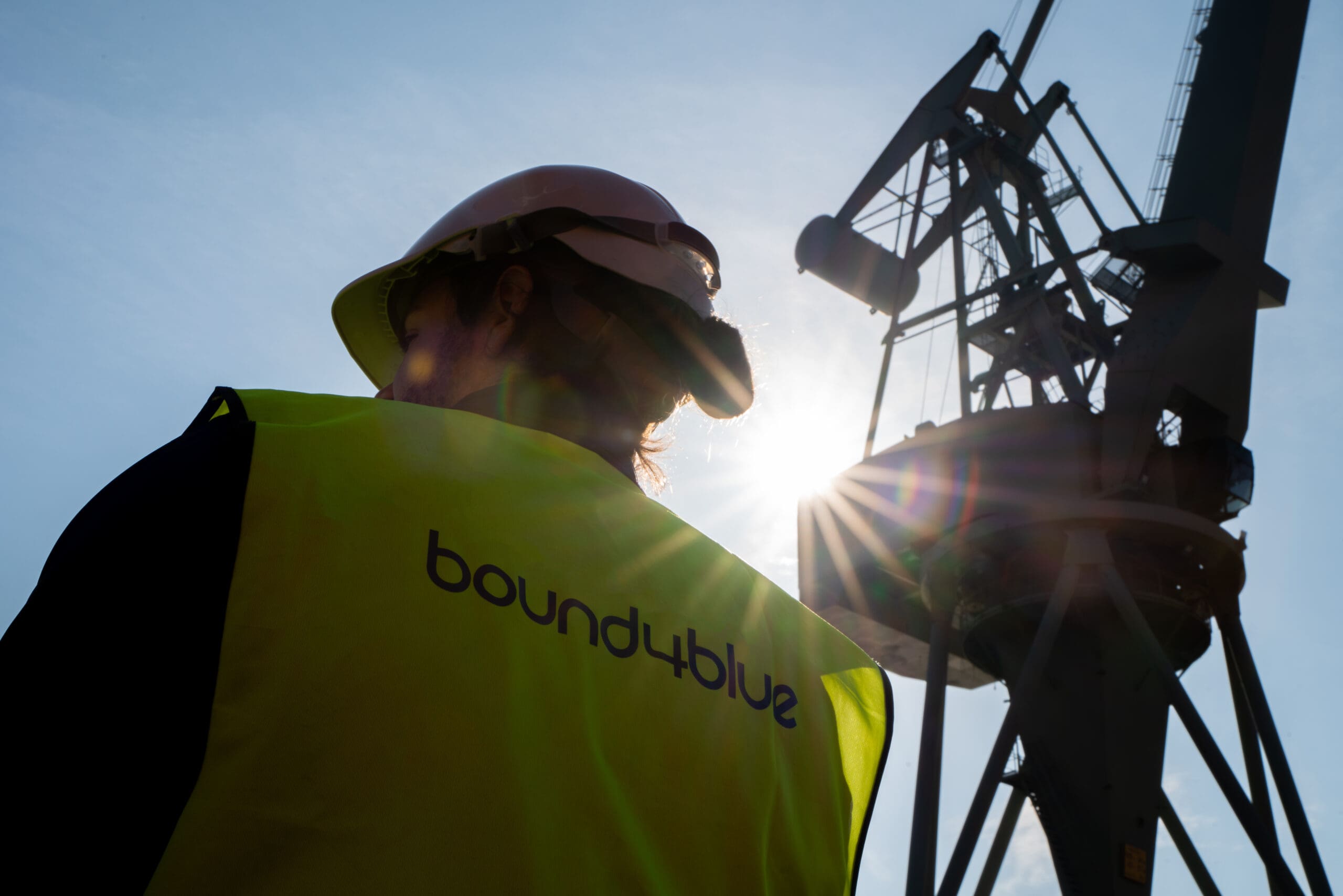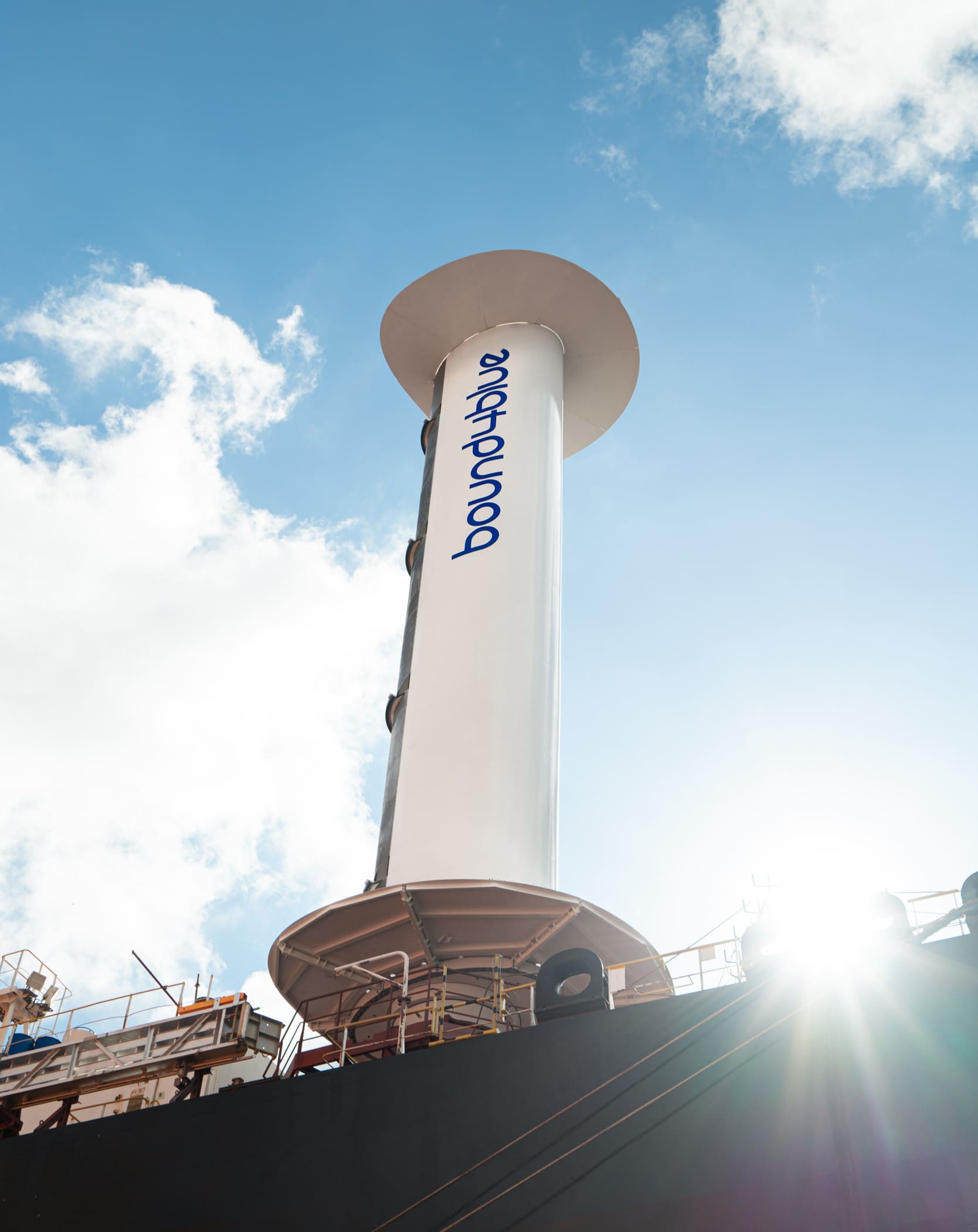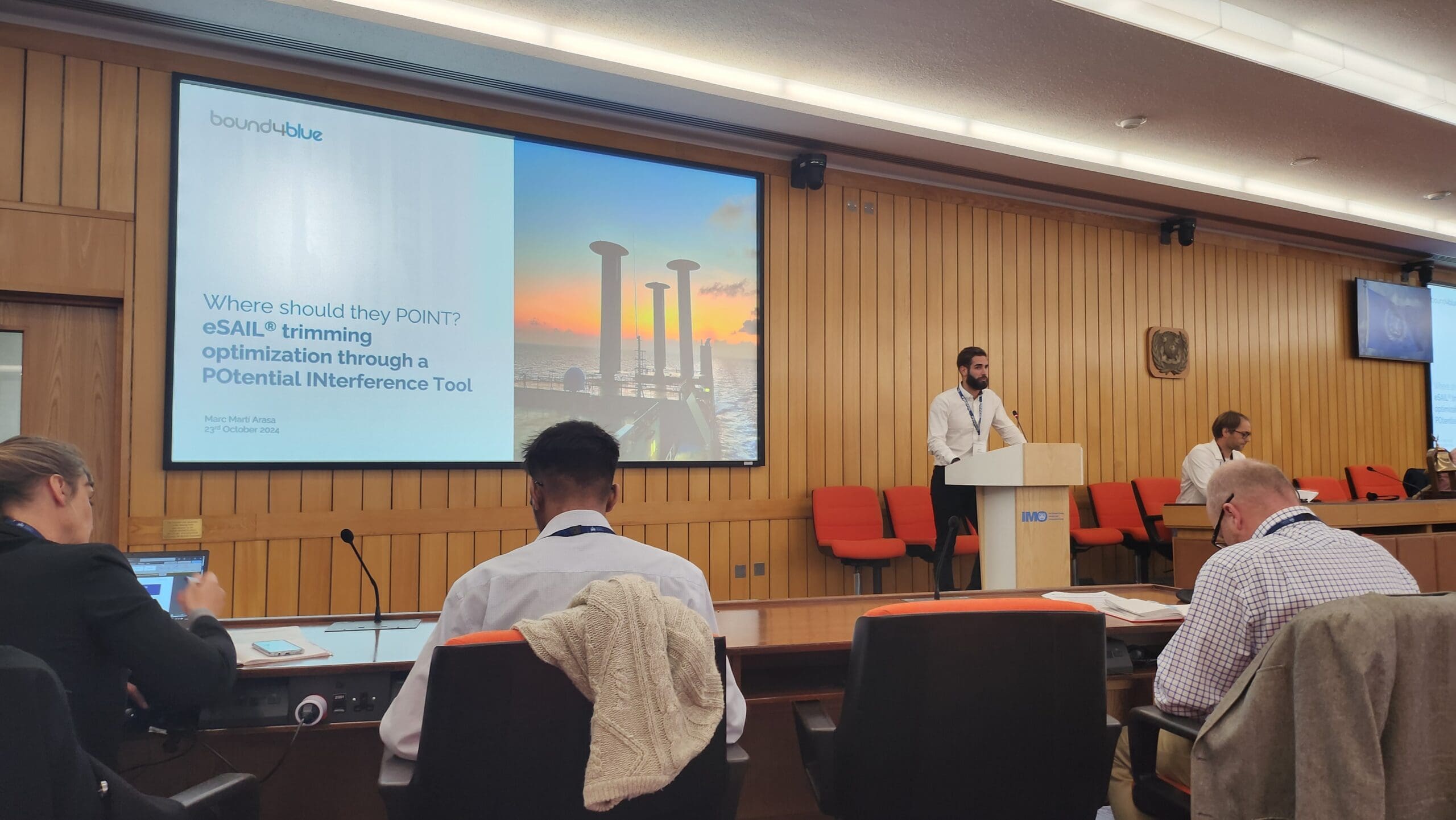News
Alternative fuels in shipping: a guide to green potential
Published
17 June 2025
Unlike previous energy transitions, there’s no one size fits all approach to the challenge of decarbonizing the shipping industry. This makes it absolutely crucial to understand the available fuel options, their strengths, challenges, and how they can work together to build a flexible strategy powering your fleet towards a greener tomorrow. Read on to discover more.
As pressure mounts to reduce greenhouse gas emissions, the search for viable, scalable, and sustainable solutions has never been more urgent.
Regulations such as the EU Emissions Trading System (EU ETS) and FuelEU Maritime are tightening the screws on maritime emissions, forcing stakeholders to act – and, in many cases, opening up new opportunities for proactive operators.
Alternative fuels in shipping are now a major topic of discussion. Although past transitions allowed shipowners and operators to confidently pivot from one energy source to another – wind to steam, steam to oil – today’s transformation is more complex. There are multiple viable pathways. The real opportunity lies in understanding these alternatives and leveraging their unique benefits in a strategic, complementary way.
Here we provide a quick run-through of the new fuels gathering the most attention, briefly explaining their strengths and weaknesses. We then explore an additional solution that, rather than competing, can strengthen and complement these fuels, offering immediate, proven, and profitable benefits. Sound too good to be true? Stick with us…
What are the alternative fuels in shipping?
With the IMO targeting net-zero emissions by 2050, the pressure is on to move away from conventional fuels towards more sustainable sources of power. These are the options currently making waves, from boardrooms to shipyards.
- Methanol
A clean-burning alcohol fuel, methanol is emerging as a popular choice for retrofitting and newbuilds. It offers easier storage and handling than many alternatives and can be produced renewably. However, availability is still limited, and the development of green methanol supply chains is critical for widespread adoption. - Liquefied Natural Gas (LNG)
LNG has been positioned as a transitional fuel due to its lower CO₂ emissions compared to heavy fuel oil. It’s widely available and supported by existing infrastructure, but its methane emissions and fossil origin pose challenges for long-term sustainability. - Synthetic Natural Gas (SNG)
Produced from renewable sources, SNG mirrors the properties of LNG. While it holds carbon neutrality potential, it’s not yet scalable and remains energy-intensive and costly. - Biofuels
Derived from biomass, biofuels can significantly cut emissions and often require little engine modification. However, scaling up sustainable feedstock production remains a key hurdle. - Ammonia
Ammonia emits no CO₂ when burned and is seen as a strong candidate for large vessels. However, its toxicity demands new infrastructure and stringent safety measures. - Liquefied Petroleum Gas (LPG)
LPG burns cleaner than heavy fuel oil and has a growing role in shipping. Nevertheless, being fossil-based, it’s often viewed as a transition rather than a long-term solution. - Synthetic Diesel
Produced from renewable sources, synthetic diesel is compatible with existing engines. Like other synthetic fuels, it faces challenges related to costs and scalability. - Hydrogen
Hydrogen is considered a future zero-emission champion. Yet, production costs, storage complexity, and limited bunkering infrastructure must be addressed to enable wider use.
In many cases, these promising options are still developing. Therefore, integrating immediate solutions alongside long-term innovations is a smart, flexible approach.
Wind power: blowing back into business
While the maritime industry explores alternative fuels, there’s also an immediate, proven solution that complements these efforts: wind.
Wind-assisted propulsion systems (WAPS) – such as bound4blue’s DNV Type Approved eSAIL® suction sails – are gaining significant traction. They deliver substantial efficiency and cost savings, while helping operators align with increasingly stringent environmental regulations.
eSAILs®, for example, can be easily retrofitted on existing vessels or installed on newbuilds, reducing fuel consumption and emissions from day one. They operate autonomously, require minimal maintenance, and typically deliver a payback period of less than five years, offering strong and ongoing savings.
Notably, forward-thinking shipowners like Odfjell are already combining these technologies with alternative fuels. Odfjell has integrated wind-assisted propulsion on its fleet while also investing in biofuels, demonstrating how a hybrid strategy maximizes environmental and economic benefits.
➡️ Check out Odfjell’s success story here ⬅️
Wind versus the alternatives: an overview
Let’s clarify the complementary role of wind with some key insights:
- COST
Alternative fuels like methanol, ammonia, and hydrogen involve substantial production and adoption costs. Wind, in contrast, requires no fuel production or purchase, making it an extremely cost-efficient ally. - SUPPLY
Alternative fuels still require massive infrastructure development to achieve global scale. Wind is naturally abundant and ready to harness, with no supply limitations. - TECHNOLOGY
While some fuels offer drop-in solutions, many promising alternatives still face technological and logistical barriers. Wind-assisted propulsion systems, like eSAILs®, are already proven, scalable, and ready to integrate today.
Wind power and alternative fuels in shipping: a win-win
Wind delivers immediate advantages for forward-thinking shipping companies aiming to enhance environmental performance, control energy costs, and ease regulatory compliance.
However, alternative fuels also represent critical steps towards a sustainable future. With no clear ‘silver bullet,’ the smartest strategy involves building a diverse energy portfolio – leveraging wind for immediate gains while preparing to adopt the most promising alternative fuels as they mature.
Wind power, therefore, is not an alternative to new fuels, but a strategic complement. It strengthens decarbonization efforts, mitigates risks associated with fuel availability and costs, and provides a dependable foundation for future energy transitions.
In a sector defined by uncertainty, wind offers a rare certainty – and a smart investment today for a greener, more profitable tomorrow.
When the bets are about to be placed, you know where much of the ‘smart money’ is going to go…
To find out more about why wind is the ultimate complementary solution for alternative fuels, please contact us enquiries@bound4blue.com.







